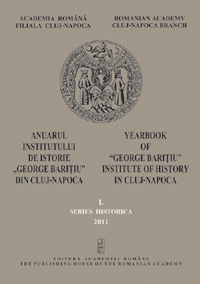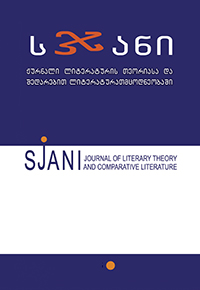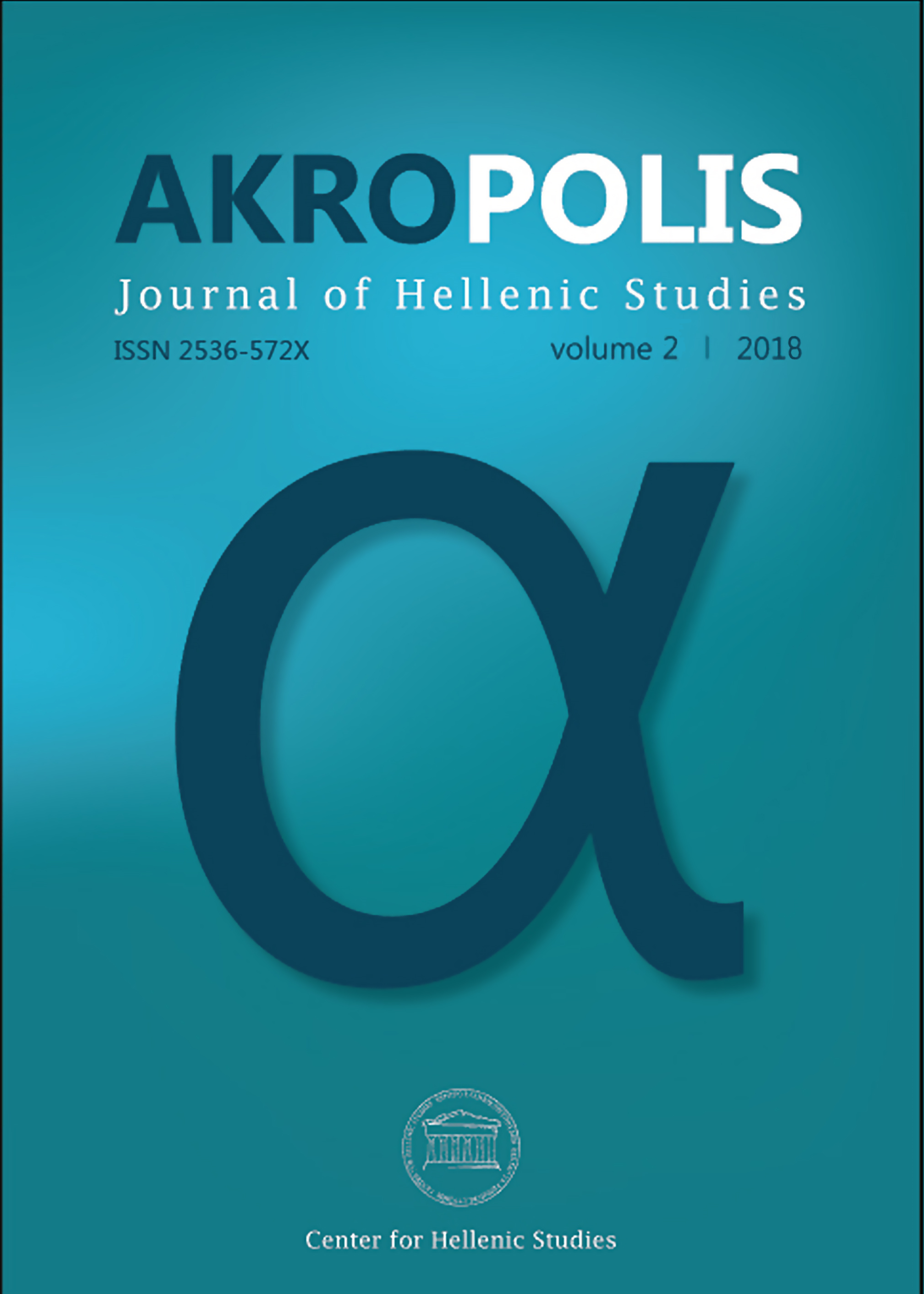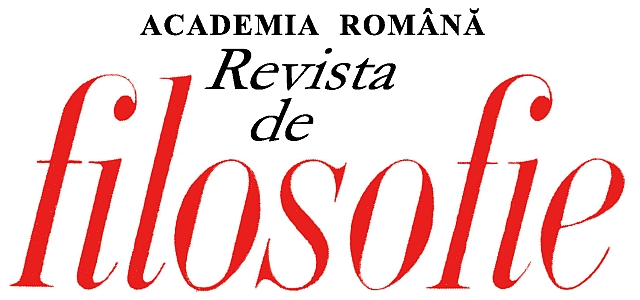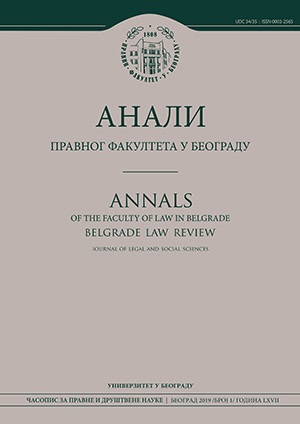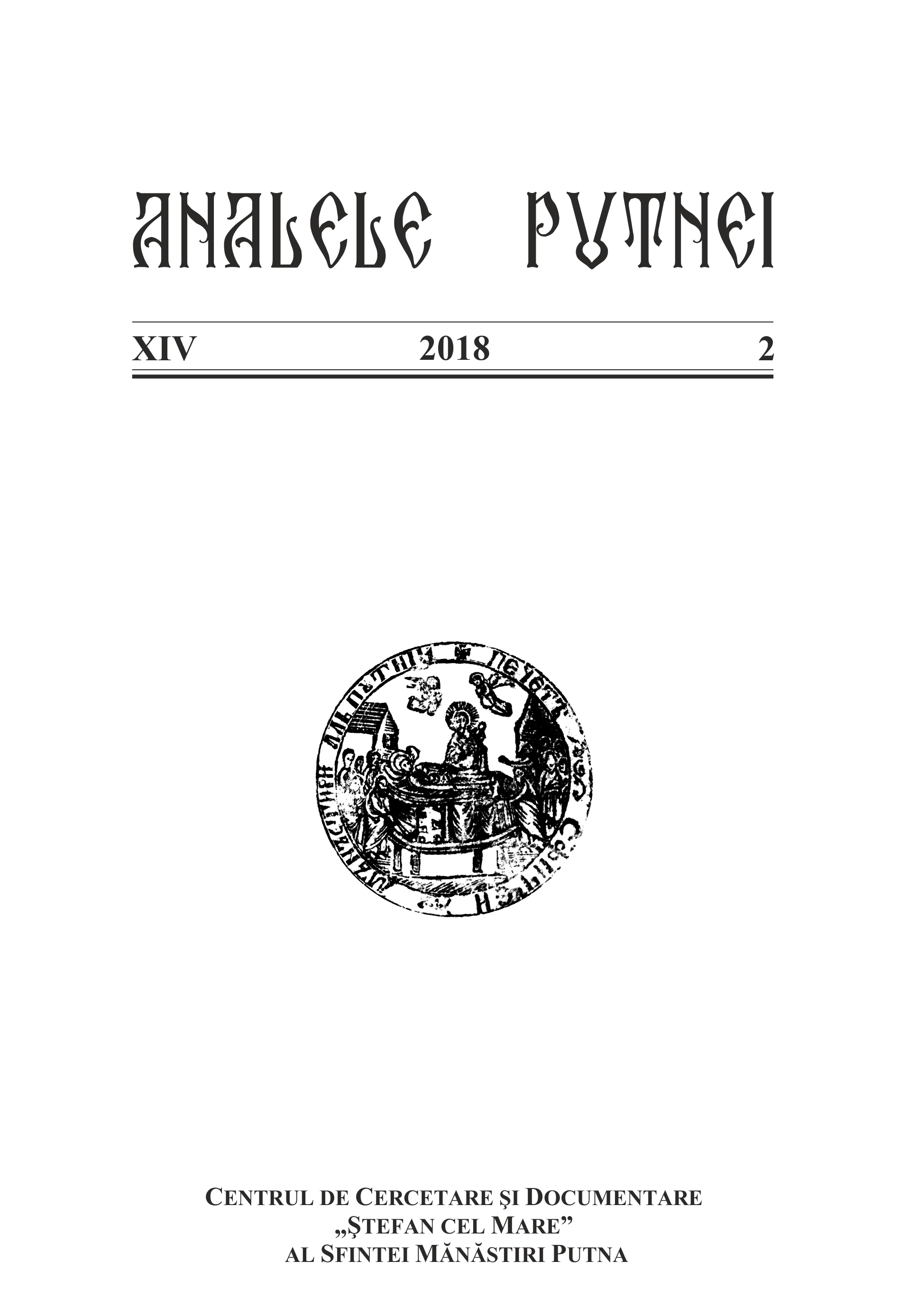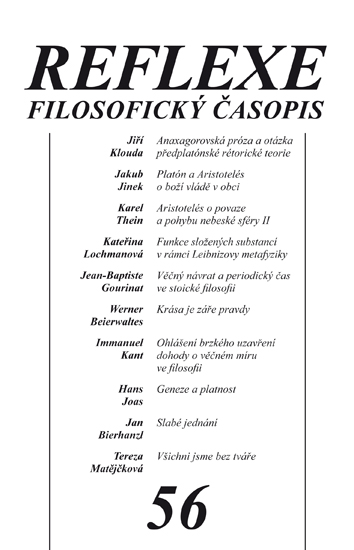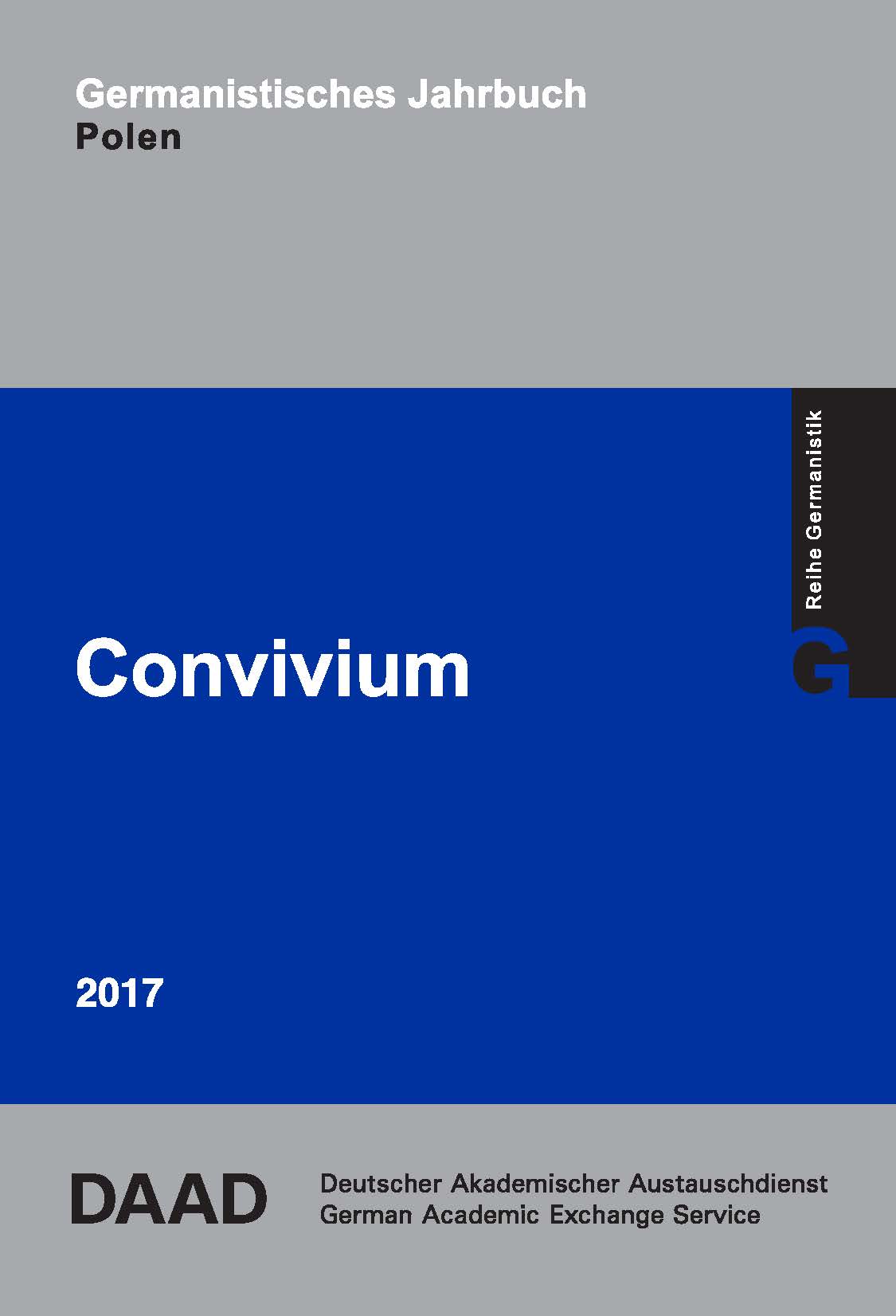აღმოსავლური ზღაპრების კრებულები ევროპაში: არაბული ღამეების ლიტერატურული და ხალხური ვერსიები
Author(s): Elene Gogiashvili / Language(s): Georgian
/ Issue: 18/2017
Keywords: folktale; folklore; literature; Orient; Europe;
This research was done as a part of the project Orient and Occident in Georgian Folktales: Oral and Literary Traditions [FR 217488], supported by Shota Rustaveli National Science Foundation Georgia. During the Eighteenth Century, a romantic philosophical phenomenon about the “orient” kindled major interest in literary works such as The Thousand Nights and a Night, which Jean Antoin Galland translated into French in 1704 and the following years. The enthusiasm with which Galland’s translation has received among the general European public signaled the adoption of this Eastern narrative anthology in the West. Western translators and editors of “The Thousand and One Night” added new texts to their European editions, for example, “Aladdin and the Wonder Lamp”, “Ali-Baba and the forty thieves”, “The Story of Prince Ahmed and the Fairy Paribanou”, “The Voyages of Sindbad” etc. They are not original stories of “The Thousand and One Night” but they are included in further collected fairy-tale-books by European editors. What is Arabian folktale? Are “Arabian nights” and “Arabian folktales” synonyms? What form of interaction is between Arabian folktales and Arabian literature?According to Hasan El-Shamy, The narrating of folktales survived almost exclusively outside the main stream of the literature. In Arab-Islamic cultures, three categories of narrative traditions may be designated: 1) formal religious– historical stories; 2) semi-literary narratives of folk extraction re-worked by literate editors and redactors, and 3) folk-oral tales, which remained unrecorded. The contents of each of these repertoires constitute a cognitive sub-system; the narrator of each is typically cast in a specialized role which specifies a set of behavioral expectations with a corresponding status. The fairy tales belong to the women repertoire. However, a dynamic relationship of exchange exists among these repertoires; some folk legends have been “institutionalized” into formal religious literature; while a few literary stories may have been adopted by oral tale tellers. In this respect, each narrative category constitutes a repertoire of latent traditions for the others, awaiting adoption. Yet, each remains distinct, independent and autonomous in its own right. Muslim theologians specified that narrating must be confined to “truthful” accounts of events and that a qissah (story) must be used for didactic-religious or ethical purposes. Typically, adult male narrators prefer to tell the religious, philosophical, or otherwise serious qissah, and refrain from narrating the haddûtah (fantasy tales, novella, and formula tales). Muslim bibliographers call khurâfât predominantly entertaining narrative works such as the Persian hazâr ‘afsâneh (a thousand myths), and the Arabic Alf laylah wa Laylah (A Thousand Nights and a Night). These and similar anthologies contained narratives typi cally labeled khurâfât, a term which denotes the fantastic and unbelievable, and, in this respect, is akin to the Greek term mythos after Christianity had been embraced. Curiously enough, some tales which are highly recurrent in various parts of the Arab world are absent from the native editions of “The Thousand and One Night”. These include wonder tales as ATU 327B The Children and the Ogre ATU 403 The Black and the White Bride. Ugly bride substituted for beautiful bride ATU 408 The Three Oranges. The quest for the Orange Princess. The false bride ATU 432 The Prince as Bird ATU 450 Little Brother and Little Sister. They flee from home; brother transformed into deer, sister nearly murdered by jealous rivals ATU 480 The Spinning Women by the Spring. The Kind and Unkind Girls. Ogress rewards the kind stepsister and punishes the unkind 511A The Little Red Ox. Cow helps orphans (brother and sister). More similarities between “The Thousand and One Night” and folktales we see in the subcategory of realistic tales. According to the “Index of AT Tale-Types in Major European Translations of the Arabian Nights” by Ulrich Marzolph, the most coincidences of Arabian Nights with folktale-types are in the area of realistic tales (novella) and anecdotes. The visible example of a literary plot in oral traditions is a story about the noblest act, included in “The Thousand and One Night”. This story forms part of the narrative cycle en framed by “The Forty Viziers”. It is told by the ruler’s wife to urge him to take action. The sultan of Egypt, feels that his end is drawing near. The sultan tells his sons that he has deposited a box with jewels that they should divide among themselves. When he has died, the youngest son steals the box. His brothers soon find it, but it is empty. They consult the qadi, and he tells them a story. A young woman who is deeply in love with her cousin is married to someone else. On the wedding night, the young woman confesses her love to her husband and is generously allowed to visit her beloved. On the way she is spared by a thief who follows the example of her husband’s generosity; the lover is also impressed and sends her back to her husband. After finishing the story, the qadi asks them which of the three men was the most generous. While the two eldest sons choose the lover, the youngest son chooses the thief and thereby discloses his guilt.This tale with both its characteristic frame story and the en framed narrative corresponds to the international tale type ATU 976: Which was the noblest act? On their wedding night, a man allows his bride to visit her former lover, in order to keep a promise, she had made previously or, according to some oral variants, to cancel the engagement. On her way she meets a robber. When she tells him her story, he leaves her unmolested. When her lover hears about her bridegroom’s and robber’s magnanimity, he takes her back to her bridegroom without touching her. In some variants the tale occurs in conjunction with a frame tale that deals with the discovery of a thief. Three (four) sons inherit jewelry from their father. The money is stolen by one of the brothers. The robbed owners call a wise man (judge, king, Solomon), who is to discover the thief. The wise man (or his daughter) then starts to tell the story. The thief betrays himself unconsciously when he answers the question, “Who acted in the noblest way?” He argues that the robber in the story was the most noble one or he answers other questions in a revealing manner. According to the folklorists’ researches and “Arabian Nights Encyclopedia”, this tale-type originates from India. Its oldest version, dating from the third century C.E., is included in the Buddhist “Tripitaka”. Other early versions are contained in the Indian collection “Vetalapancavimsatika” (The Ocean of Streams of Stories), as well as in the various redaction of the “Tuti-name”. In European tradition, the tale was popularized by Boccaccio’s “Decameron”. Its version in Chauser’s Franklin’s Tale probably derives from French models. The tale about a contest in generosity is included in French editions of Oriental tales“Le cabinet des fées, ou collection choisie des contes des fées, et autres contes merveilleux” (1786). The tale is called as Histoire du Sultan Aqschid. The same story is included in the English book “Tales of the East, comprising the most popular romances of Oriental origin and the best imitations by European authors” by Henry Weber (1812). In this edition is prefixed an introductory dissertation, containing an account of each work and of its author or translator. “The History of Sultan Aqschid” is a part of cycle of “Turkish tales”.In further French editions, the tale about a contest in generosity is a part of the narrative cycle “Charming Tales of Careless Youth”. In the Joseph Charles Mardrus’s version of the late nineteenth century, there is a tale of Habib and Habiba, two cousins in Bagdad. The two grow up together and are in love, but then Habiba is married to another man. When she cries on her wedding night, her Husband allows her to take her cousin as her lover. Subsequently she is reunited with Habib. This Tale does not feature in the standard Arabic manuscripts of the Arabian Nights. According to Chauvin, Mardrus has appropriated the tale from an unknown source. The tale’s basic structure corresponds to the en framed narrative in the international tale-type ATU 976: Which Was the Noblest Act? In German versions of Oriental tales, this tale-type is included in the narrative cycle of “the Forty Viziers”, which denotes a frame story that corresponds to the story of “Craft and Malice of Woman”, although it contains different tales. The Story of the “Forty Viziers” is found only in the Stuttgart/Pforzheim edition of Gustav Weil’s German translation, included as part of the “Thousand and One Night”. In a footnote, the translator declares that in the Arabic text this story cannot be found in this place, but that he included it for the sake of “completeness” on the basis of other sources. Next to literary versions, the tale-type ATU 976 is spread in folklore of Europe, Asia and South America too. There exist Scottish, Irish, Slovenian, Russian, Turkish, Jewish, Armenian, Kazakh, Turkmen, Tadzhik, Iranian, Indian, Chinese, Mexican, Chilean, Argentine versions. This folktale-type is spread in Georgian folklore too. The plot of the contest in generosity became very attractive theme in literary novels and cinematography of the twelfth century. A short story by Tawfq al-Hakim, Egyptian Writer, and a film by Sanjay Leela Bhansali, the Indian film director, are based on the teletype ATU 976. Oral traditions and literary traditions belong to parallel categories of traditions.Each of the two types of narrative traditions belongs to a separate cognitive system. Oriental-Occidental plot parallels show an intensive internalization of folktale types. They also give information about the relationship between literary and oral traditions.
More...




